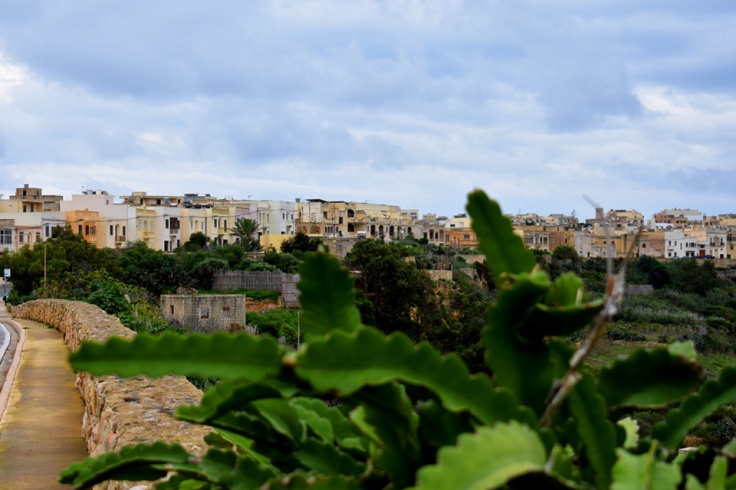The Archdiocese of Malta wishes to make clear that it could not have foreseen, let alone exercise control over, a decision in 2019 by the Land Registration Agency to permit the registration of tracts of land in Gozo which caused residents uncertainty over legal title to their homes.
This unexpected development took place two years after a legal settlement was reached between the Archdiocese and the heirs of the foundress of the Abbazia San Antonio Delli Navarra Foundation, which had administered the land since 1675, paving the way for the heirs to register these specific plots in the foundation’s name.
The decision by the Land Registry, criticised even by the Gozo Minister during an adjournment in the House of Representatives in November 2020, is crucial to understanding the real reason behind residents’ uncertainty over legal title to their homes.
The Archdiocese notes that Graffitti is coordinating a press conference today calling on the Archbishop, in their words, to “reverse his decision to hand over control of a medieval foundation to…speculators”.
As with other literature that has appeared on this subject in the media of late, this statement is based on a misinterpretation of the facts and clarification is, therefore, regrettably, imperative to contain the spread of misinformation.
Below is a brief chronology of the facts:
The Abbazia San Antonio Delli Navarra Foundation was established by noblewoman Cosmana Cumbo Navarra in 1675 to administer the land.
She determined that the foundation’s administrator would be a layperson or cleric presented by her heirs, as patrons, and approved by the bishop, and that the proceeds were to be used to promote specified Catholic causes.
Cosmana Navarra did not have any children and during a lengthy period in which no heirs were identified, the foundation was administered by clerics. However, following the death of Fr Saverin Bianco in 1989, Richard Stagno Navarra claimed to be a legitimate heir with the right to be nominated and appointed as administrator.
After his petition to the Curia was turned down in 1992, he instituted legal proceedings. The Gozo courts approved his application to be considered the legitimate administrator within 24 hours of his case being presented.
The Curia contested this ruling and legal proceedings continued over two decades. The courts established that the foundation was a lay entity and that any property belonging to it was not ecclesiastical, stating that the Archbishop only had the right to appoint an administrator. At no point did they cast doubt on Richard Stagno Navarra’s status as a legitimate heir.
Therefore, acting on legal advice and following approval by the Diocesan Finance Committee, the Archbishop deemed that ploughing on with the legal battle was costly and most likely futile, and in 2017 acceded to signing an agreement in which the Church formally acknowledged court decisions recognising the heirs.
The heirs — as was their prerogative — subsequently nominated two candidates as the foundation’s administrator: Dr Patrick Valentino and a cleric. The Archbishop, who did not possess the authority to present names for nominations of his own, consented to Dr Valentino’s nomination since he did not want to have a cleric involved in the administration of property belonging to a lay organisation.
In line with the terms established by the foundress, under this agreement the Church received a capital sum (€200,000), interest from which would enable it to continue to honour the pious obligations. These obligations, including the celebration of Masses, are being fulfilled.
The Archdiocese makes a heartfelt appeal for equitable solutions to prevail.





